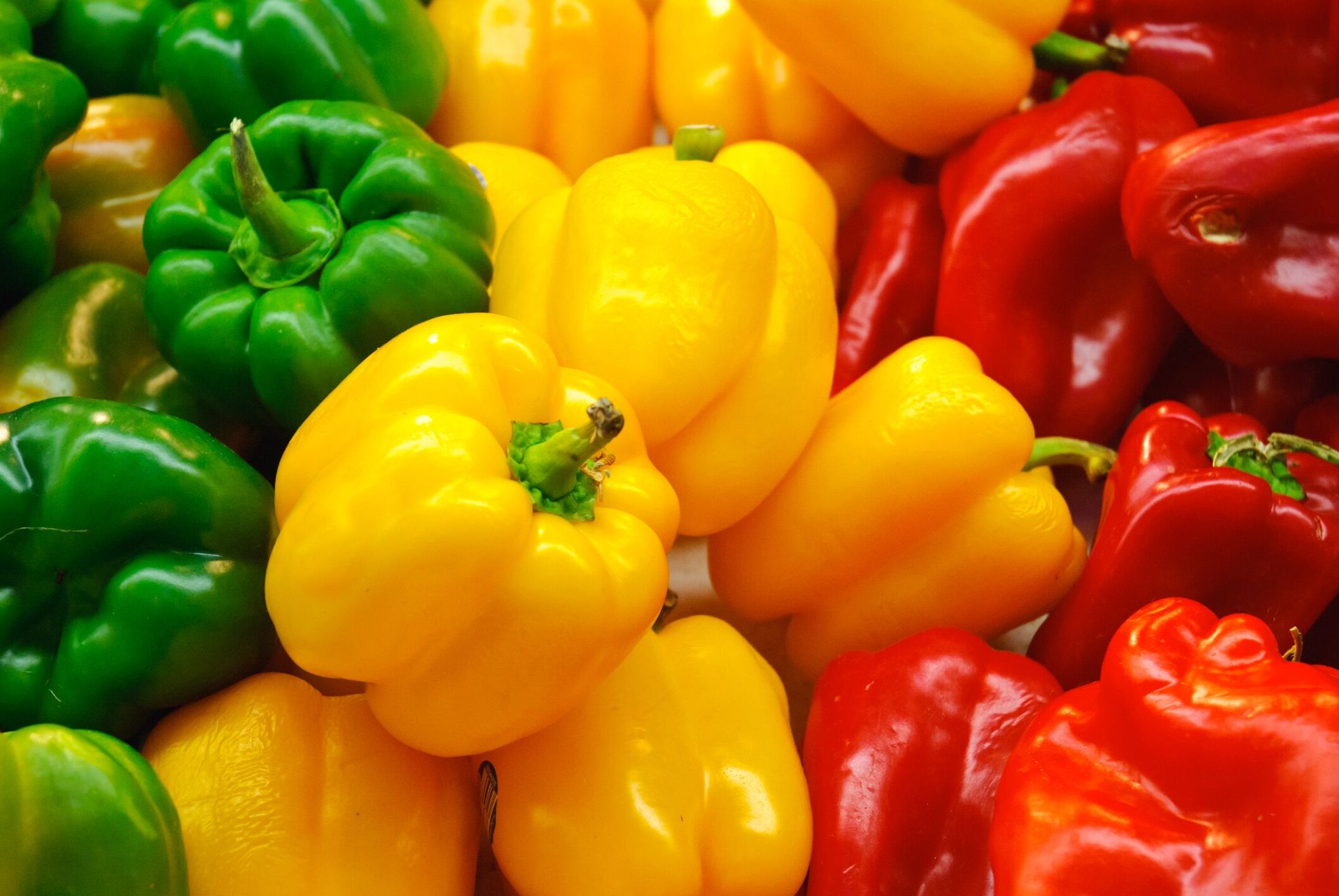
Peppers are more than just a spicy addition to your favorite dishes. Did you know that there are over 50,000 varieties of peppers grown worldwide? From the mild bell pepper to the fiery Carolina Reaper, these colorful fruits pack a punch in both flavor and nutrition. Peppers are rich in vitamins A and C, making them a healthy choice for any meal. They also contain capsaicin, a compound that can boost metabolism and reduce pain. Whether you're a fan of the sweet or the scorching, there's a pepper out there for everyone. Ready to spice up your knowledge? Let's dive into 30 fascinating facts about peppers!
Key Takeaways:
- Peppers have a rich history dating back thousands of years, originating in Central and South America. They spread across the world due to their versatility and flavor, becoming a staple in cuisines worldwide.
- Peppers are not only flavorful but also packed with nutrients, rich in vitamins A and C, and low in calories. They are incredibly versatile in the kitchen, used in a variety of dishes and cuisines.
The Origins of Peppers
Peppers have a rich history that spans continents and centuries. Let's dive into some fascinating facts about their origins.
- Peppers originated in Central and South America, where they have been cultivated for thousands of years.
- The ancient Aztecs and Mayans were among the first to use peppers in their cuisine and medicine.
- Christopher Columbus encountered peppers during his voyages and brought them back to Europe.
- The name "pepper" was given by Columbus, who mistakenly thought they were related to black pepper.
- Peppers spread rapidly across Europe, Africa, and Asia due to their versatility and flavor.
Types of Peppers
Peppers come in a variety of shapes, sizes, and heat levels. Here are some interesting facts about different types of peppers.
- Bell peppers are the mildest type of pepper and come in green, red, yellow, and orange varieties.
- Jalapeños are medium-sized peppers known for their moderate heat and are often used in Mexican cuisine.
- Habanero peppers are much hotter than jalapeños and are commonly used in hot sauces.
- The Carolina Reaper holds the title for the world's hottest pepper, with a Scoville rating of over 2 million.
- Sweet peppers, like bell peppers, have no capsaicin, the compound responsible for heat in peppers.
Nutritional Benefits of Peppers
Peppers are not only flavorful but also packed with nutrients. Let's explore their health benefits.
- Peppers are rich in vitamins A and C, which are essential for immune function and skin health.
- They contain antioxidants that help protect cells from damage caused by free radicals.
- Capsaicin in hot peppers has been shown to boost metabolism and aid in weight loss.
- Peppers are low in calories, making them a great addition to a healthy diet.
- They also provide dietary fiber, which supports digestive health.
Culinary Uses of Peppers
Peppers are incredibly versatile in the kitchen. Here are some ways they can be used in cooking.
- Bell peppers are often used in salads, stir-fries, and stuffed pepper recipes.
- Jalapeños can be sliced and added to nachos, tacos, or pickled for a spicy snack.
- Roasted red peppers add a smoky flavor to dips, sandwiches, and pasta dishes.
- Habaneros are used to make fiery hot sauces and salsas.
- Dried peppers, like ancho and chipotle, are used to add depth and heat to soups and stews.
Fun Facts About Peppers
Peppers have some quirky and fun aspects that make them even more interesting.
- The heat of a pepper is measured in Scoville Heat Units (SHU), named after pharmacist Wilbur Scoville.
- Birds are immune to capsaicin, which is why they can eat hot peppers without discomfort.
- Peppers are technically fruits because they contain seeds and develop from the flower of the plant.
- The color of a bell pepper changes as it ripens, starting green and turning red, yellow, or orange.
- Some people experience a rush of endorphins, known as a "pepper high," when eating very hot peppers.
Growing Peppers
Interested in growing your own peppers? Here are some tips and facts about pepper cultivation.
- Peppers thrive in warm climates and need plenty of sunlight to grow.
- They can be grown in containers, making them suitable for small spaces like balconies.
- Peppers need well-drained soil and regular watering to produce healthy fruits.
- Companion planting with herbs like basil can help deter pests and improve pepper growth.
- Harvesting peppers at different stages of ripeness can yield a variety of flavors and colors.
The Final Bite
Peppers aren't just about heat. They pack a punch with their vibrant colors, unique flavors, and health benefits. From the mild bell pepper to the fiery ghost pepper, there's a variety for every palate. Peppers are rich in vitamin C, antioxidants, and capsaicin, which can boost metabolism and reduce inflammation. They’ve been used in cuisines worldwide, adding spice and excitement to dishes. Whether you’re a fan of the sweet or the scorching, peppers offer something special. Next time you’re at the grocery store, grab a few different types and experiment in your kitchen. You might find a new favorite. Remember, the world of peppers is vast and varied, so keep exploring and tasting. Happy cooking!
Frequently Asked Questions
Was this page helpful?
Our commitment to delivering trustworthy and engaging content is at the heart of what we do. Each fact on our site is contributed by real users like you, bringing a wealth of diverse insights and information. To ensure the highest standards of accuracy and reliability, our dedicated editors meticulously review each submission. This process guarantees that the facts we share are not only fascinating but also credible. Trust in our commitment to quality and authenticity as you explore and learn with us.


